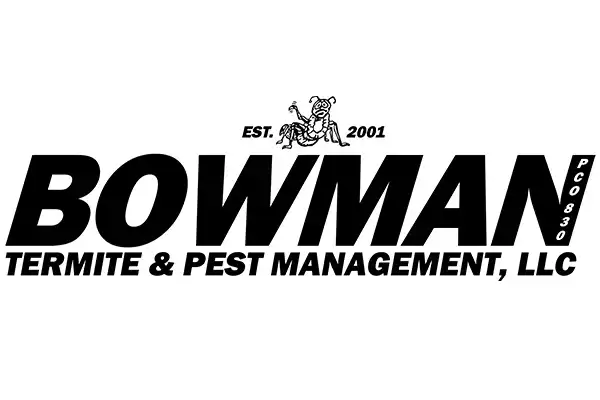Top 8 Food Preparation Tips for Thanksgiving
For many Hawaiʻi families, Thanksgiving traditionally kicks off the holiday season, and the centerpiece at many meals is turkey. Studies state that more than 46 million of these birds are cooked and enjoyed, together with a wide array of side dishes.
The Hawaiʻi Department of Health says that with busy schedules and competing priorities, food safety sometimes takes a back seat during Thanksgiving and at other holiday meals as families prepare to get the food to the table, along with potluck dishes brought by family and friends.
Holiday’s can quickly turn into misery if food is left out for long periods, which can open the door to uninvited guests like bacteria that cause foodborne illnesses.
To help families enjoy festive and illness-free parties throughout the holiday season, the DOH recommends following these food safety tips:
1. Planning – When holiday food shopping, visit the supermarket or grocery store last and do not leave perishable foods in the car. Bag raw meat separately to prevent contaminating other foods. Consider bringing a cooler with ice or ice packs to store perishable foods if you have a long drive home after grocery shopping or if you have other errands to run.
Promptly put away all groceries in your refrigerator and freezer after arriving home. Keep a thermometer in your refrigerator to ensure the temperature is maintained at 41ºF or colder.
2. Preparation – To safely thaw a frozen turkey, follow one of the following options:
- Thaw the bird in the refrigerator for 4 to 5 days in advance of your holiday meal. This is the safest method because the turkey thaws at a consistent, safe temperature.
- Defrost the turkey in a microwave, allow 6 minutes per pound to thaw and cook it immediately after thawing.
- Place the turkey in a heavy bag secured with a twist tie, submerge it in a clean sink with cold water and change the water every 30 minutes. Allow between 4 to 12 hours to thaw, depending on the size of the turkey.
Always wash containers or plates that were previously used to hold or prepare raw meat to prevent contamination since bacteria may be present in the blood of raw meat. Use separate cutting boards for raw meat and ready-to-eat food. Also, prepare all raw meats at the same time separately from other foods to avoid cross contamination of ready-to-eat food.
3. Wash your hands – Do not handle or prepare foods for others if you have been ill and experienced vomiting and/or diarrhea within the past two days. Wash your hands thoroughly with soap and water before handling food and raw meats and after using the bathroom.
4. Wash all fruits and vegetables – Wash all fruits and vegetables under clean, running water thoroughly prior to preparation and serving.
5. Use a thermometer when cooking meat – Cook all meat until juices run clear. Use a thermometer to check the temperature by inserting the probe into the thickest portion of the cooked meat. Refer to the following list for different types of meats and their proper “cook-to” temperatures:
· Beef, veal, lamb and fish: at least 145ºF.
· Ground beef: at least 155ºF.
· Turkey, chicken and other poultry and stuffed foods: at least 165ºF.
6. Use shallow containers – When cooking large amounts of food in advance, divide cooked food into shallow containers (less than 2 inches deep) and store in the refrigerator or freezer until serving. When ready to serve, reheat foods rapidly to 165ºF. Foods may also be held hot in an oven (set at 200ºF to 250ºF) or in the refrigerator until it is served.
7. Keep hot foods hot and cold foods cold – Foods that have been cooked to the proper temperatures should be held hot at 135ºF or higher by using the oven, chaffing dishes, slow cookers or warming trays. Foods to be held cold should be kept at 41ºF or lower by nesting dishes in containers of ice. You may also portion out food in small serving trays keeping larger portions chilled or heated. Replace the small serving trays often (every two hours).
8. Remember the 2-Hour rule – Perishable foods should not sit at room temperature for more than two hours unless they are being held hot or held cold at proper storage temperatures.
Put away or discard any leftovers after the meal. All meats should be cut off the bone and placed in shallow containers. All other foods should also be placed in shallow containers and refrigerated promptly. Use all leftover foods within 3 to 4 days. Freeze leftovers that will not be consumed within this time frame.
Contact the DOH Sanitation Branch for questions or click here.











